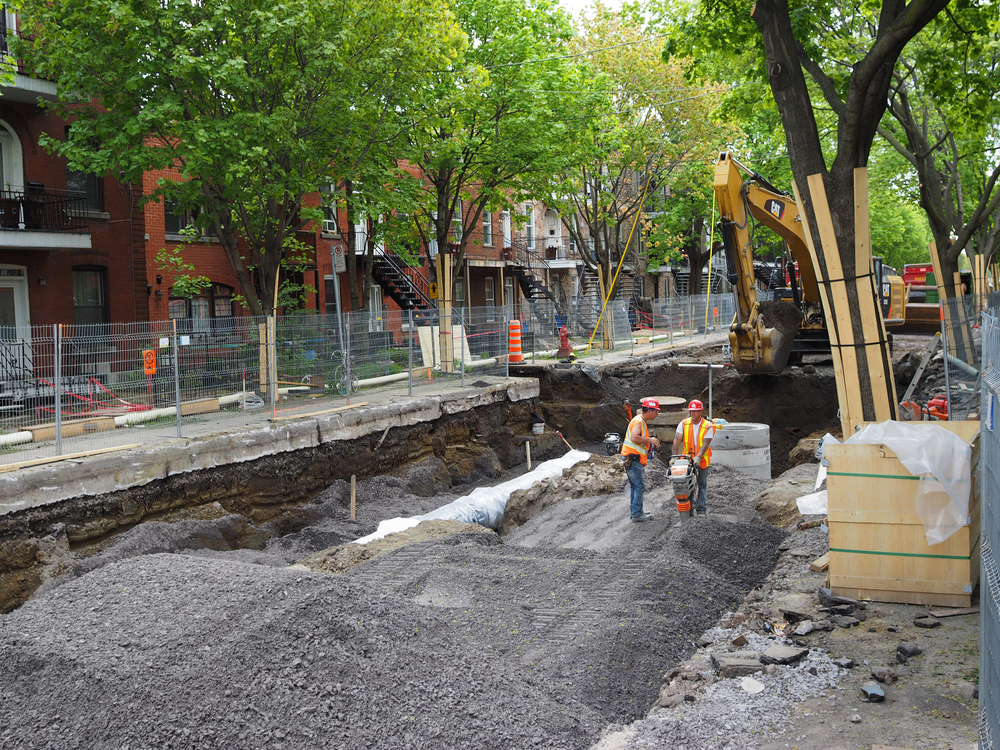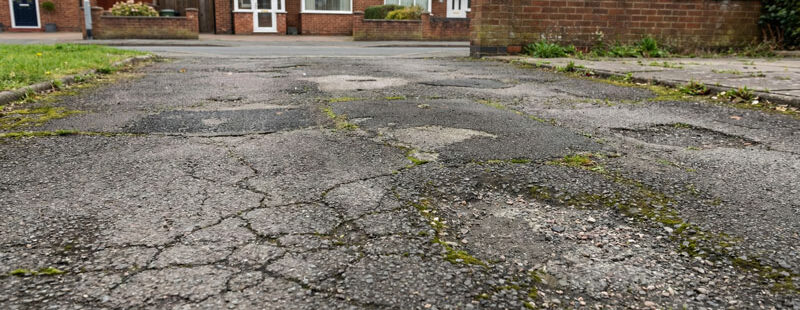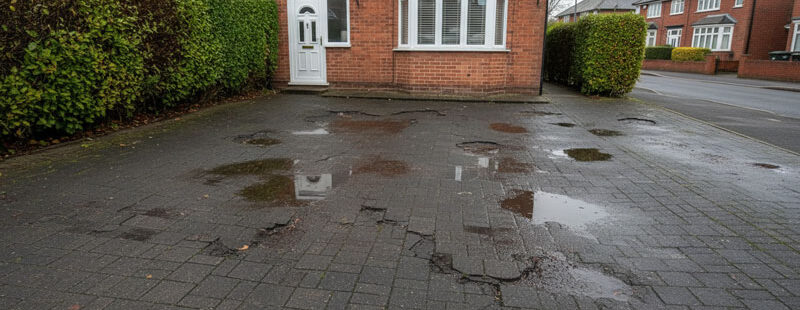
- min min
- No Comments
- September 16, 2025
The Role of Proper Sub-Base Preparation in Long-Lasting Road Surfaces
When it comes to road construction or resurfacing, the finished asphalt or tarmac layer often gets all the attention. However, a strong and long-lasting surface starts well below that top layer—with the sub-base preparation. Skipping or cutting corners at this stage can lead to cracks, potholes, and costly repairs in just a few years. Proper sub-base preparation is the secret behind durable, low-maintenance roads, driveways, and car parks.
This post explores why sub-base preparation matters, common mistakes to avoid, and how a solid foundation can save time, money, and stress in the long term.
What is Sub-Base Preparation?
The sub-base is the layer of material beneath the asphalt or tarmac surface. Its main role is to:
Distribute traffic loads evenly across the ground
Provide structural support to prevent deformation
Improve drainage to prevent water damage
Ensure long-term stability of the finished surface
Materials commonly used for sub-bases include crushed stone, gravel, or recycled aggregates, compacted to a specific depth depending on the traffic volume and soil conditions.
Why Proper Sub-Base Preparation Matters
Prevents Cracks and Potholes
Uneven or weak sub-bases can shift under load, causing the surface to crack. Proper compaction and material selection reduce these problems, extending the life of your road.Improves Drainage
Water trapped under the surface can weaken asphalt, leading to rutting or potholes. A well-prepared sub-base allows water to drain efficiently, protecting the road from damage caused by rain, frost, or snow.Supports Heavy Traffic
Commercial sites, industrial areas, and busy roads require a robust sub-base to withstand heavy vehicles. Without it, even a thick asphalt layer may fail prematurely.Reduces Maintenance Costs
Roads built on a solid foundation require less frequent resurfacing and repairs, saving significant time and money over their lifetime.
Common Mistakes in Sub-Base Preparation
Insufficient Compaction: Loose material shifts under weight, causing uneven surfaces.
Poor Material Choice: Using unsuitable or low-quality aggregates can compromise structural integrity.
Ignoring Drainage: Failing to account for water runoff leads to long-term damage.
Uneven Layering: Inconsistent sub-base depth creates weak spots, increasing the risk of surface failure.
Skipping Sub-Base Inspection: Not checking sub-base quality before paving can result in hidden problems that appear later as cracks or dips.
Best Practices for a Strong Sub-Base
Assess Ground Conditions
Test soil for strength, moisture content, and load-bearing capacity. Adjust sub-base depth and material type accordingly.Use Quality Aggregates
Choose angular, well-graded aggregates for maximum stability. Avoid excessive fines that may trap water.Layer & Compact Properly
Apply the sub-base in layers, compacting each thoroughly. Mechanical compaction ensures uniform density and stability.Consider Drainage
Install proper fall and drainage channels to direct water away from the surface and sub-base.Inspect Before Surfacing
A professional inspection ensures the sub-base is level, compacted, and ready for tarmac or asphalt installation.
How East Herts Surfacing Can Help
At East Herts Surfacing, we specialise in expert sub-base preparation and road surfacing across Hertfordshire. Our team ensures that every project starts with a solid foundation, whether for commercial car parks, driveways, or public roads. Proper sub-base work from the start guarantees longer-lasting surfaces and fewer maintenance headaches down the line.
Conclusion
No matter how high-quality your asphalt or tarmac is, it won’t last without a properly prepared sub-base. Investing in correct preparation ensures even load distribution, excellent drainage, and resistance to cracking and potholes. Taking the time to do it right saves significant money, time, and stress in the future.
For professional advice and sub-base preparation services, contact East Herts Surfacing today and start building roads that stand the test of time.





